Following months of research, canvassing, and listening to community needs, journalists, including Britton Struthers-Lugo, produced solutions-based stories about the challenges faced by the Berwyn, Illinois, community.
In Part 1, "Illinois Residents Grapple With Urban Flooding," Struthers-Lugo examined the issue of urban flooding, a growing concern for residents and infrastructure in Berwyn.
In the next and final part of the special report, she investigates the many approaches that the city's local government can take to mitigate urban flooding for its residents, including green alleys.
Basements filled with murky storm and sewer water, or back alleys riddled with standing water. These are some of the images that Berwyn’s urban flooding problem evokes for residents who need to deal with it. What is local government doing to help residents protect their homes from rising waters? And how can residents take control to mitigate damage from excess runoff and sewer backups?
Mitigation efforts and setbacks
As made clear by the 2018 Stormwater Plan, there are many approaches Berwyn’s local government can take to mitigate urban flooding for its residents. One of the effective ones has been green alleys. As opposed to regular alleys, green alleys are built with sustainable materials, such as pervious pavements. Green alleys allow for better stormwater drainage, as standing water is more likely to sink into the permeable ground rather than drain into someone’s basement.
The left is a photo of a green alley located at the 3700 block of Cuyler after heavy rain. The right is a photo of a normal alley at the 3700 block of Lombard after the same rainfall. Credit: Joshua Bowman
While green alleys can improve standing water in Berwyn, and this is something local government is looking to continually implement, they’re expensive and time-consuming to construct.
“Berwyn has 655 alleys,” said Robert Schiller, Berwyn’s Director of Public Works. “Not all of them will qualify for a green alley.”
This is because a green alley can only be implemented somewhere with permeable soil that will allow for water absorption, and it’s up to Schiller and his team to test that. Soil testing isn’t the only hurdle to implementing more green alleys.
“The cost for a green alley is about $360,000, and that's one 600-foot alley. So, yeah, it's a very long and slow process going through and applying. You apply for a grant, you get maybe a million dollars or a million three or something to that effect. Then we have our match. So we might get four, maybe five alleys done,” said Schiller, “To have the funding to be able to go through and do all that you need to do would be great, but it's unrealistic to expect to get, you know, $70, $80, $90 million, $100 million for a community of 57,000 to install green alleys.”
This doesn’t mean green alleys are a dead end; members of local government, such as Alderman-elect Joshua Bowman, are looking to find ways to overcome these challenges, and of course, the MWRD will still work in collaboration with Berwyn to provide funding for these types of projects.
“We consistently and are constantly applying for grant funding for various types of stormwater mitigation,” Schiller confirms.
In the meantime, local government has given agency to the individual homeowner to mitigate flooding in their homes with the Residential Flood Mitigation Shared Cost Program. This program provides a grant to homeowners who wish to install a flood control system - this can come in several forms, such as a backflow prevention device or check valve. The program is designed to reimburse the costs of installation with a city grant that covers up to $3,500.
However, these flood control systems are often much more expensive than a few thousand dollars to install.
“There's a lot of concern from people that the overall cost is going to be so high that even with the offsetting grant that they can't absorb the cost,” said South Berwyn resident Karin Nangreave.
Micah Caldwell, Berwyn resident and 1st Ward Alderman, said he spent around $15,000 to install an overhead sewer system, one of the options for homeowners who take advantage of the program.
However, now may be the best time to take advantage of the Shared Cost Program, as the American Rescue Plan has recently dedicated $500,000 to subsidize the program.
This means that, through the Shared Cost Program, a resident can receive an upfront grant of $4,000 to install a flood mitigation device.
“If it’s a backflow prevention device with a sump pump, electric discharge bypass pump, they would get $4,000 credit through the ARPA funds from the grant. And then after that, you take the balance of what’s owed and you get 50% of that up to $3,500 from the city,” said Schiller.
However, city officials understand that, despite these extra funds incentivizing the program, the Flood Mitigation Shared Cost Program may still be too expensive for residents to pursue.
So, where is the middle ground? Something cost-effective and sustainable in the long term.
A green solution: trees and native species
“Trees are the simplest solution, and the cheapest,” said Alicia Ruiz, former 6th Ward Alderman and Aldermanic Co-Chair of the Department of Public Works.
Specifically, the focus is on planting more native species around Berwyn to help mitigate flooding. Even the Environmental Protection Agency (EPA) suggests trees and native species as a viable method to reduce runoff (while also removing harmful pollutants in water at the same time).
This figure shows how an urban tree absorbs water and can impact flooding and water quality. Source: https://host10.viethwebhosting.com/~cwsp/docs/Urban_Tree_Canopy_EP_Report_WQGIT_approved_final.pdf
As per the U.S. Forest Service’s guidance, there are four main ways in which increased canopy can reduce runoff:
“1) Through evapotranspiration, trees draw moisture from the soil ground surface, thereby increasing soil water storage potential. 2) Leaves, branch surfaces, and trunk bark intercept and store rainfall, thereby reducing runoff volumes and delaying the onset of peak flows. 3) Root growth and decomposition increase the capacity and rate of soil infiltration by rainfall and reduce overland flow. 4) Tree canopies reduce soil erosion by diminishing the impact of raindrops on barren surfaces.”
In short, native plants have very deep root systems that permeate the ground and can better absorb rainwater. There are several other benefits to planting native species, including improving air quality, mitigating erosion, and preserving local ecosystems, among others.
In fact, Berwyn resident and founder of Spoke Pockette Farm, Julia Klee, has witnessed the benefits of native species firsthand. Klee noticed a pattern of excess water built up in a cement alley that sits between her and her neighbor’s house.
“When we got a really bad rain,” Klee said, “It almost went into my neighbor’s window.”
In reaction, Klee built a pocket forest in her yard. A pocket forest is a densely planted collection of trees and shrubs; they have a host of benefits, including carbon sequestering and runoff reduction. As it exists now, Klee has around 25 native trees in her forest.
“That's keeping water out of the alley. Anytime it rains and floods, there's zero flooding right there.”
Klee now manages her business, Spoke Pockette Farm, and helps her neighbors and clients plant gardens with more native species.
“I want to make sure this is accessible for people,” said Klee. “The cost of labor and just the work of doing the install is prohibitive for a lot of people right now.”
Julia Klee: Working With Space
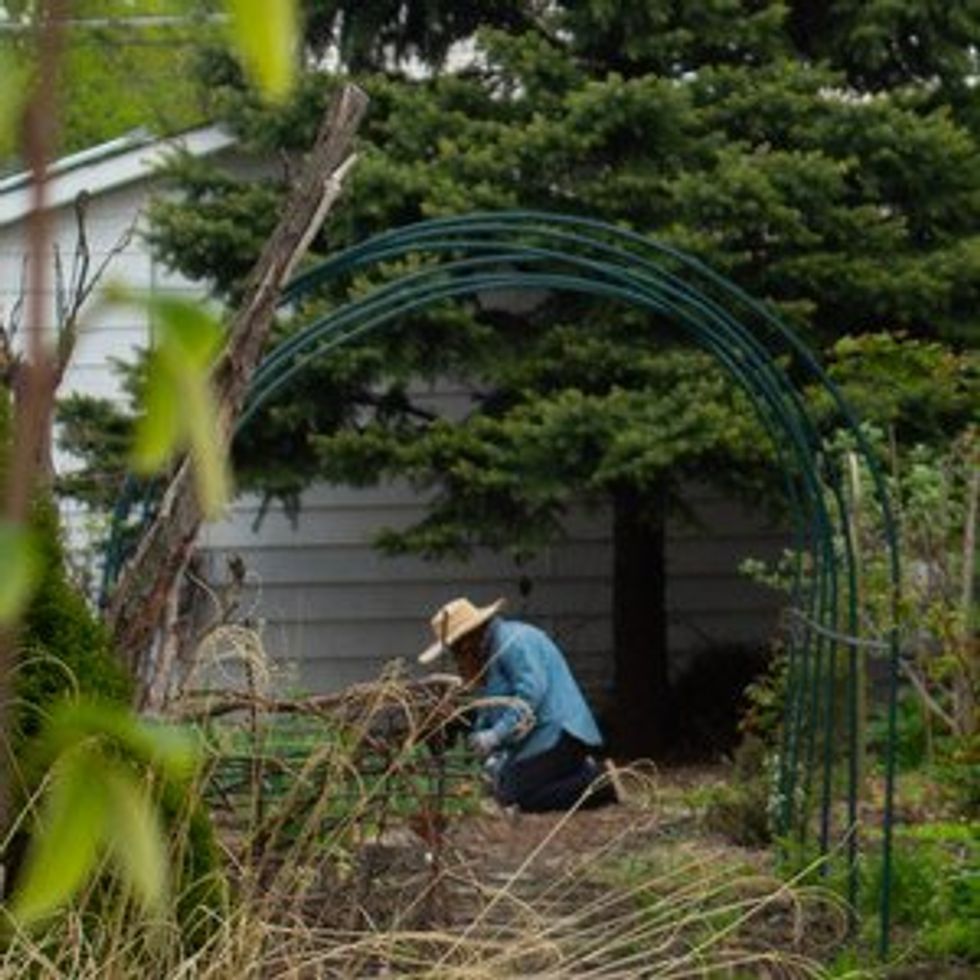 Julia Klee: Working With Space open.spotify.com
Julia Klee: Working With Space open.spotify.com
Affordability is key to successful mitigation plans for urban flooding, especially in areas where green infrastructure is often sacrificed to reduce funding burdens. The Berwyn Tree Canopy Initiative recognizes this and has been encouraging residents to take advantage of Berwyn’s free tree-planting program.
“What we’re trying to do is get the city to plant more trees as part of a flood mitigation strategy,” said McKinley of the BTCI. “They [the city] already have a free tree planting program, but it relies on resident requests, and it’s not advertised terribly well.”
McKinley believes that the City of Berwyn should be more proactive in their native species planting mission, especially where it concerns city-owned land and new construction projects.
In fact, in August 2024, the City of Berwyn and the Township of Berwyn signed an intergovernmental agreement that allocated $75,000 toward the Tree Canopy Restoration Program.
“Should the Program not commence by or before March 31, 2025, the parties (and each of them) shall have the option to immediately terminate this Agreement and withdraw from the Program and this Agreement.”
Robert Schiller clarified that, although the City has yet to receive the $75,000 to begin planting, the agreement remains intact. We reached out to the mayor’s office for comment on numerous occasions, but the only response to date refers [publication] to its flood information page online. Inaction to increase canopy coverage in Berwyn is potentially due to a lack of desire for more trees.
“There is a high percentage of residents in the community that are anti-tree,” said former 6th Ward Alderman Alicia Ruiz.
Schiller attributes some of the anti-tree sentiment to the fear of the large and deep roots that native plants grow. The fear residents maintain, Schiller said, is that these root systems will grow down to the sewer systems looking for a water source, and cause damage to the pipes - an expensive repair.
“Whether they’re on their property, the city’s property, the neighbor’s property, the tree roots will eventually get to those lines. And for those reasons are why some of these people say no, they don’t want a tree in their front yard, in their parkway, any of that.”
These fears are not completely unrealistic. CMAP’s Climate Resilience Program Lead said damage from large root systems happens and is potentially expensive to fix.
“Yeah, there could be some negative tradeoffs. But I think on the whole, trees can reduce flooding to a degree,” said Evasic.
While trees may not prevent major flood disasters such as the one in July 2023, experts agree that their benefits likely outweigh the maintenance costs. Decades-old studies have consistently shown that increasing tree canopy reduces runoff after a storm. A 2014 study conducted in Wilmington, North Carolina, found an 80% reduction in runoff using trees in combination with Silva Cell (a stormwater management deep root system). A similar study in Manchester, UK, found a 58% reduction in runoff during the summer and a 62% reduction in the winter.
The EPA completed 17 studies showing how trees (on a large scale) greatly reduced financial and physical burdens on America’s stormwater systems.
In its report, the EPA cited Minneapolis, Minnesota, as one of its case studies. In 2010, Minneapolis committed to planting 173 trees using a structural cell model, resulting in a 10% reduction in peak flows to the city’s stormwater management system. To this day, Minnesota continues to utilize this model in its construction efforts to support stormwater control and management.
While long-term investments in green-based solutions are largely reliant on local government initiatives, requesting a tree in Berwyn is a small step individuals can take to begin mitigating the risk of floods, especially as the rainy season approaches. This, in tandem with other measures such as disconnecting downspouts and investing in a rain barrel, may hopefully keep Berwyn residents a little safer (and drier) from urban flood and stormwater.
Editor’s Note: This story is made possible through the Berwyn Collaborative: Understanding Community Needs, led by News Ambassadors in collaboration with local news outlets, including Illinois Latino News, click HERE.
Britton Struthers-Lugo is a reporter with the Medill News Service at Northwestern University, a freelance journalist, and a photographer.
The Fulcrum is committed to nurturing the next generation of journalists. To learn about the many NextGen initiatives we are leading, click HERE.














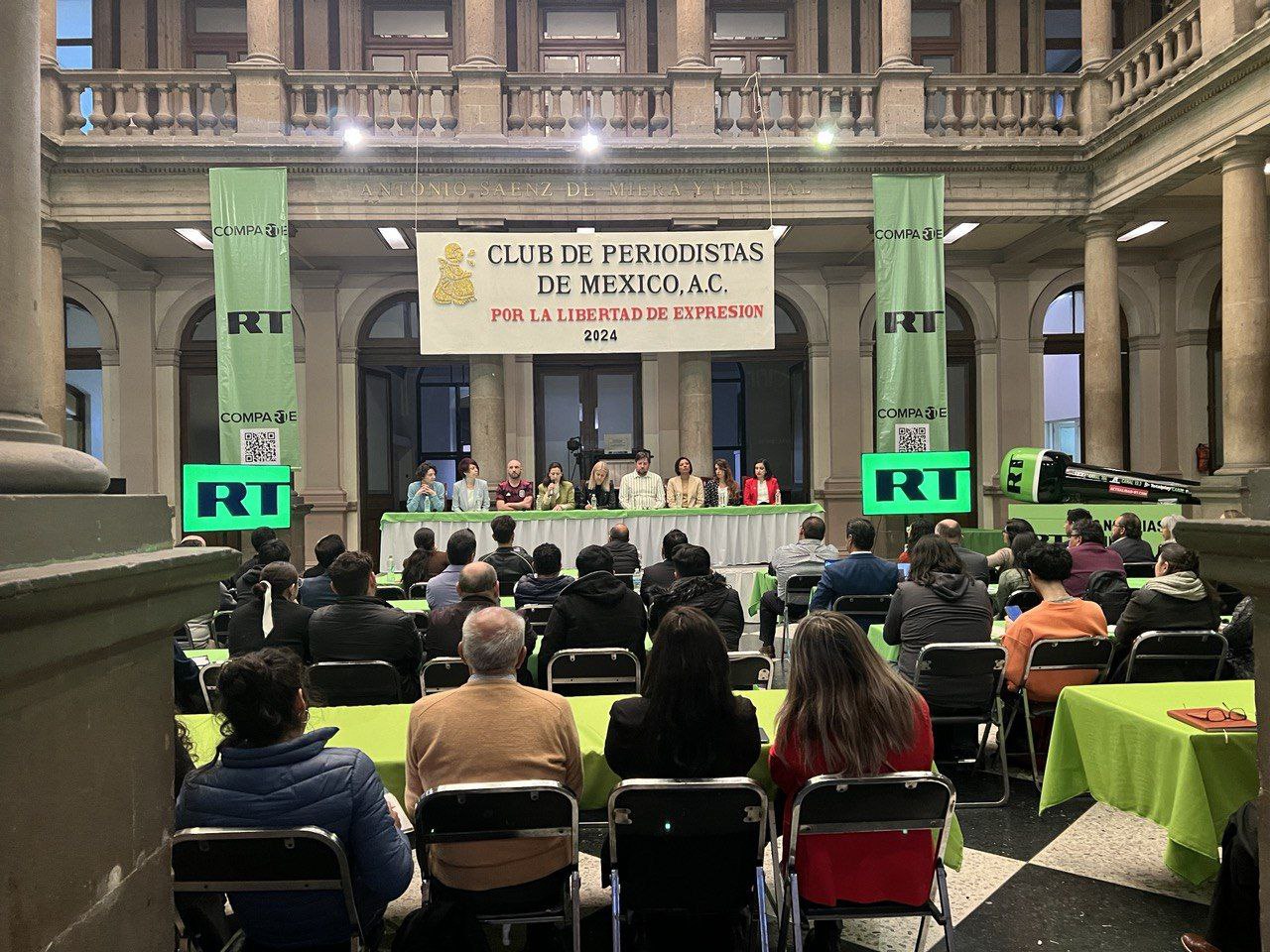

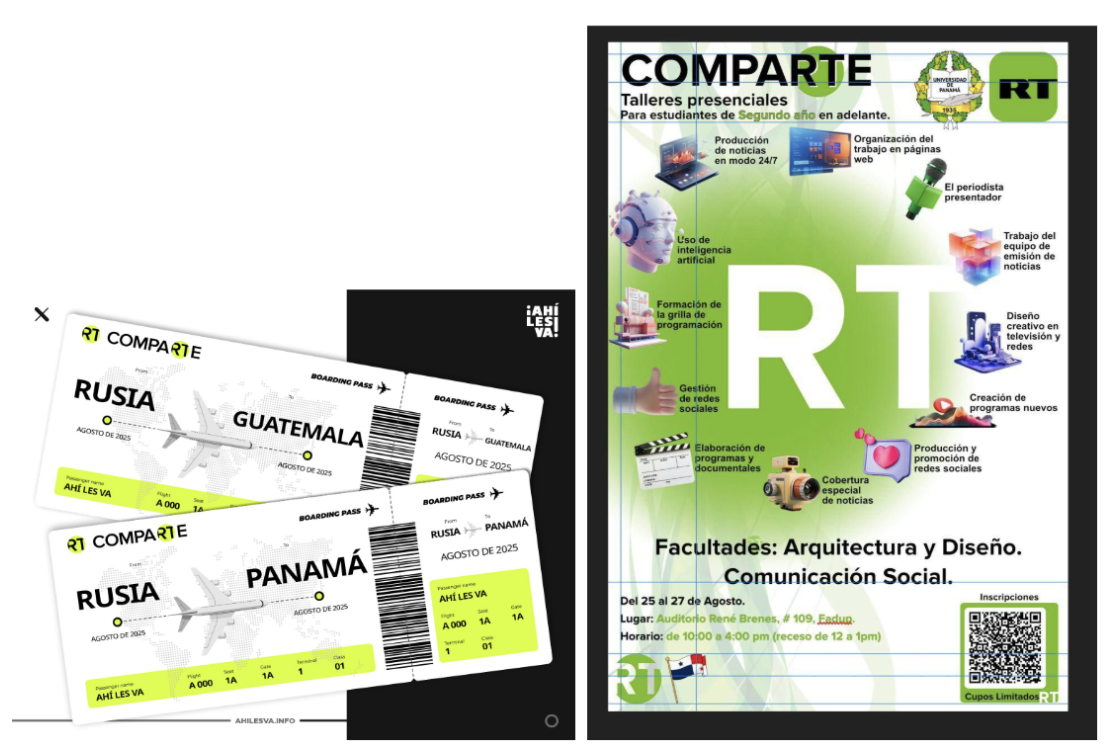






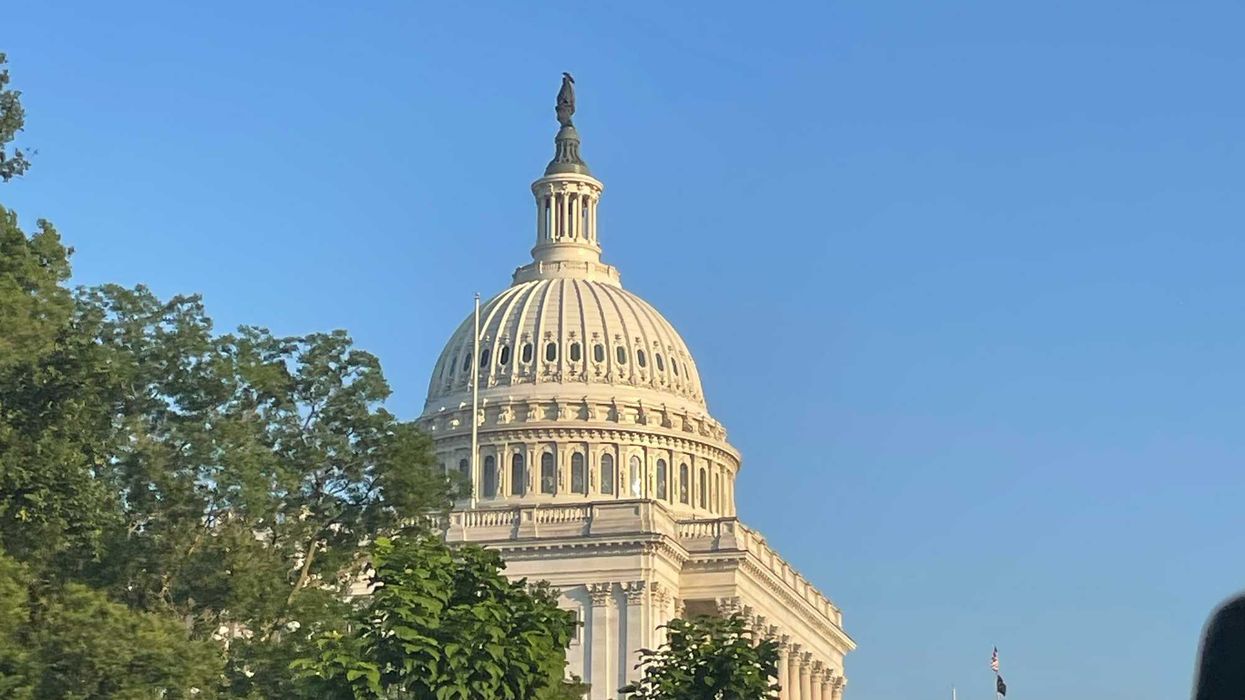
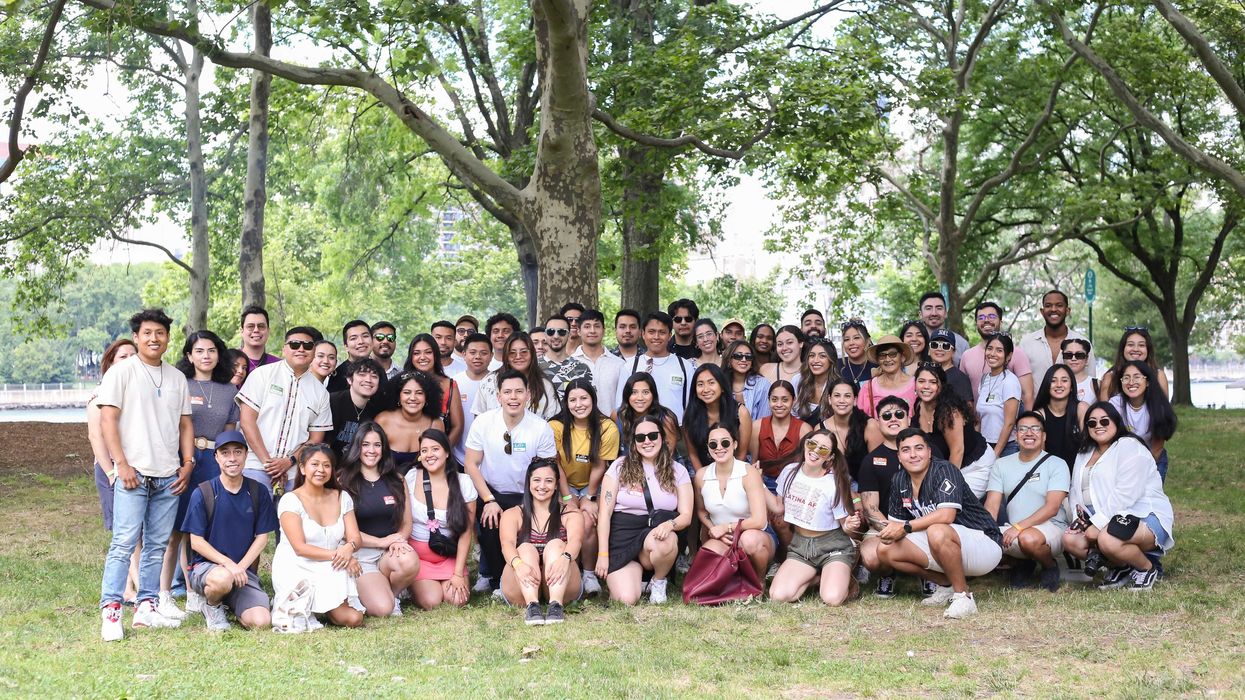
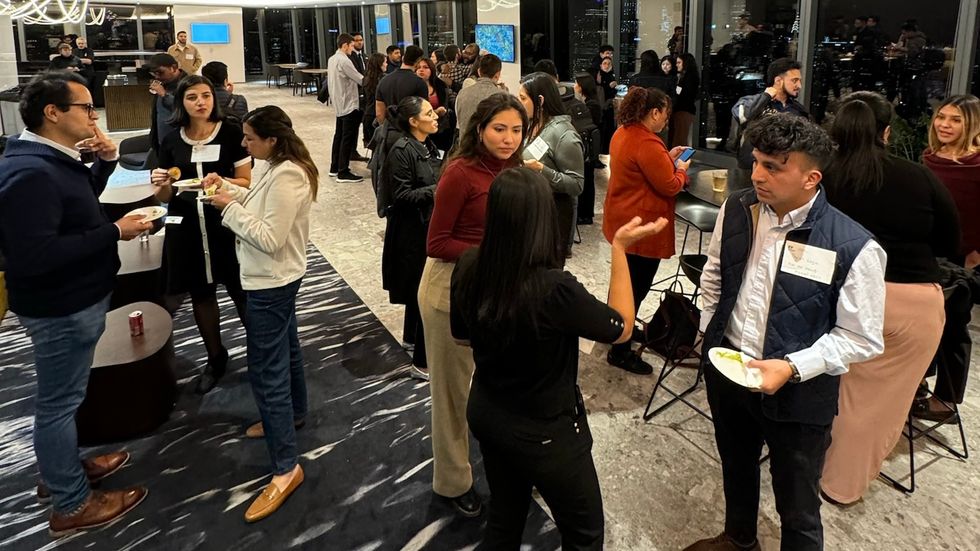 Source: Corporate Pero Latinos
Source: Corporate Pero Latinos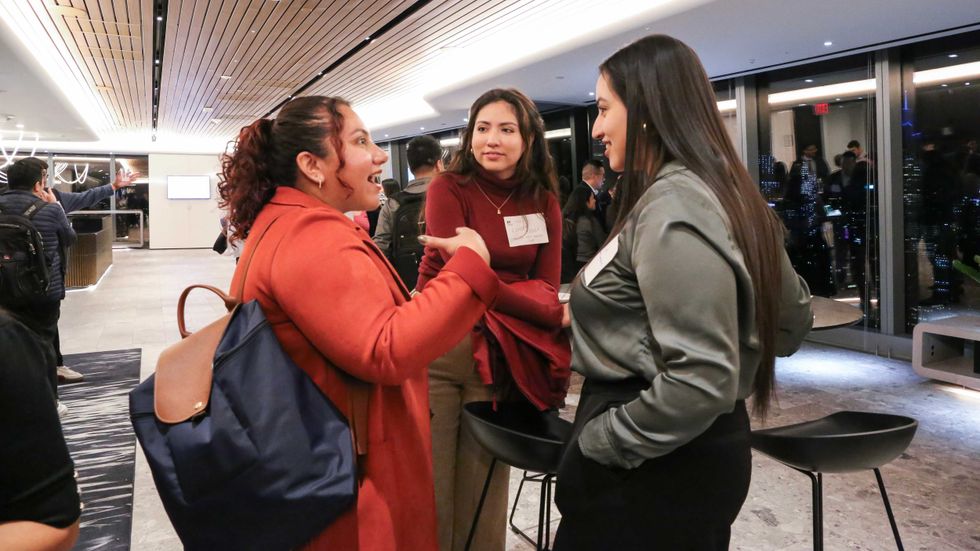 Source: Corporate Pero Latinos
Source: Corporate Pero Latinos Source: Corporate Pero Latinos
Source: Corporate Pero Latinos